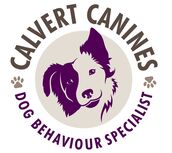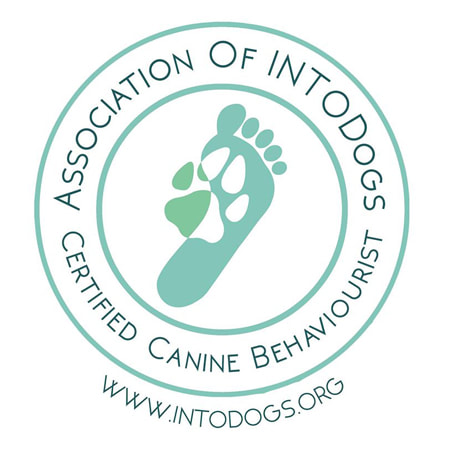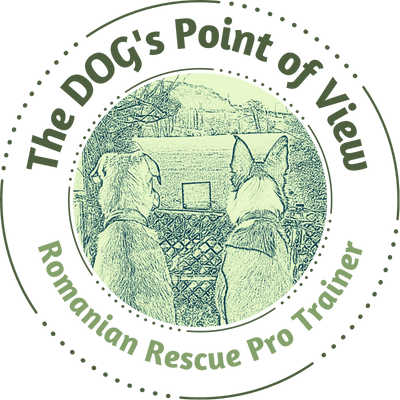|
My experience of dealing with isolation distress begins at home with my rescue dogs. I do think it is somewhat common (and understandable) to go through a period of separation based distress with a rescue dog you commit to adopting. Dogs appreciate routine and big life changes, such as going into a kennel environment, and then going to a new home is going to shake even the sturdiest of dogs up a little. For puppies, where everything is new and possibly overwhelming, separation from you, their safe attachment, can also be hard for them to manage.
Not all dogs who show signs of distress upon being left will develop full-blown separation anxiety. The presentation and life-changing effects of separation anxiety cannot be minimised. Luckily, for some dogs, their separation based distress can be nipped in the bud before escalating to this point. If I use the example of Beanie, my Yorkshire Terrier who came home to us at the age of 9. Luckily for Beanie she was adopted before she even reached the kennels; she was still being processed in reception when I came in, scooped her up and took her home. However, prior to ending up at a rescue centre she had gone through at least three different homes; that is a lot of change, attachments made and lost, and general unrest. Research suggests that a dog can form an attachment with a human very quickly. Furthermore, for some breeds, and certainly in Beanies case, human relationships are more desirable than dog relationships. It is our human needs that dictate we leave the dog at home to go to work, go shopping, attend appointments and so on. A dog is a social species and would comfortably spend every single minute of every single day in the company of their attachments, at differing proximities. It is our job to help our dogs to tolerate being alone, or being left with people other than ourselves. Beanie began showing signs of isolation distress when separate from me not long after coming home. As dogs typically are, she is very perceptive and upon recognising the signs of me getting ready to leave the house would pace, shiver, salivate and cling to me. Having gone through separation anxiety with my previous rescue I was eager to quickly employ a variety of methods to help Beanie tolerate being away from me. Methods that can help: Child gates: Restrict the dog from following you everywhere you go when you move around the house. Dogs really don't need to watch you shower and brush your teeth!
It is important to prepare the dog for all eventualities in terms of being left. In multi-dog households this means desensitising the dog to being left with all the other dogs, just one, or completely alone. A video camera can help monitor what the dog does when they are left. Is the dog reactive to every external noise? In which case leaving music on may help. Does the dog chew on any safe chews left for him/her? Can the dog curl up in his/her basket/favourite spot and sleep? Is the dog vocalising at all? What does the dog do immediately upon you leaving? How long until s/he is settled? Monitoring this will keep you informed of your dogs progress.
0 Comments
|
Qualified and accredited Canine Behaviourist and Trainer. © All images and information contained in this website are subject to Copyright 2019-2023.
Rachel Seago Designs.
Rachel Seago Designs.





